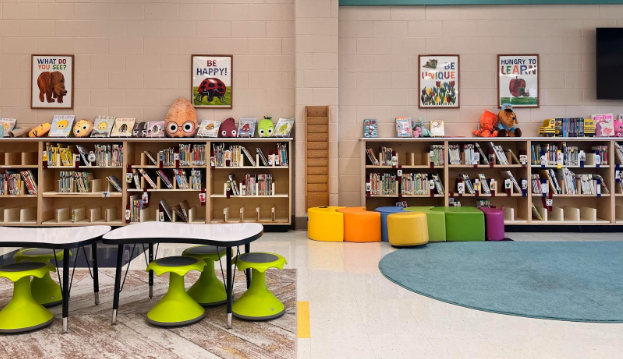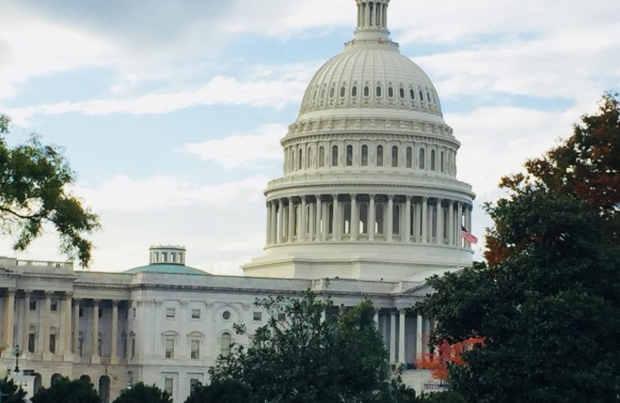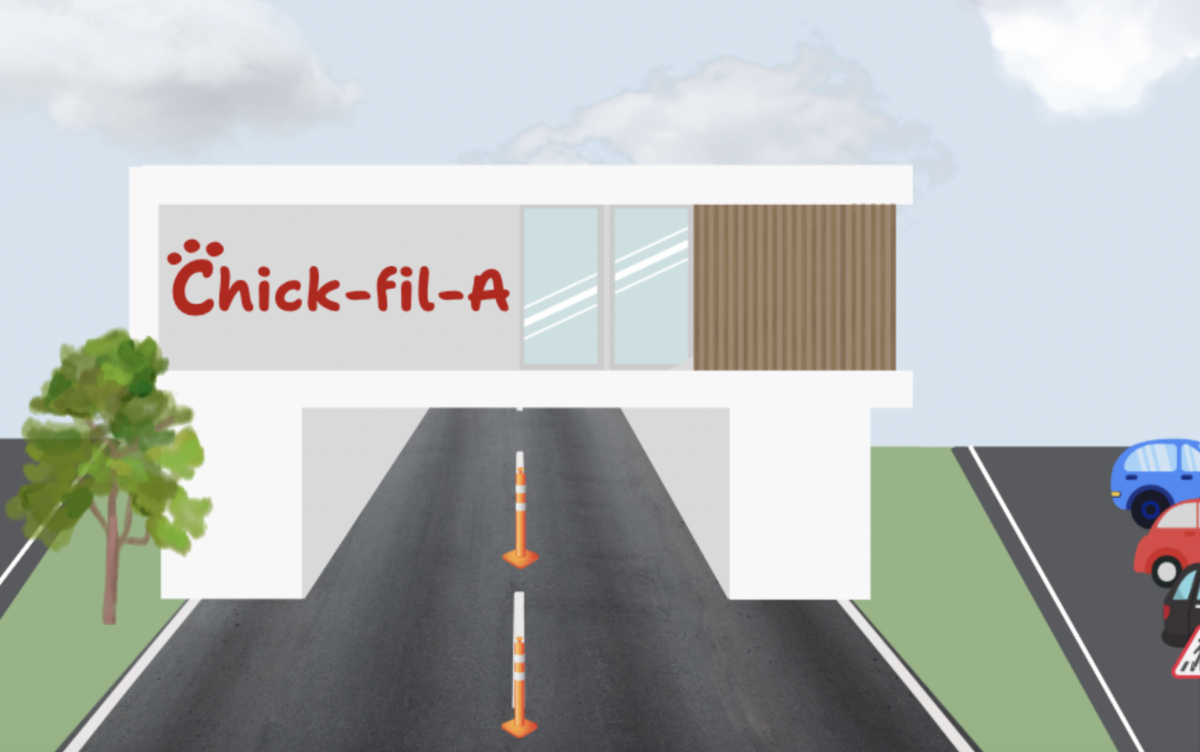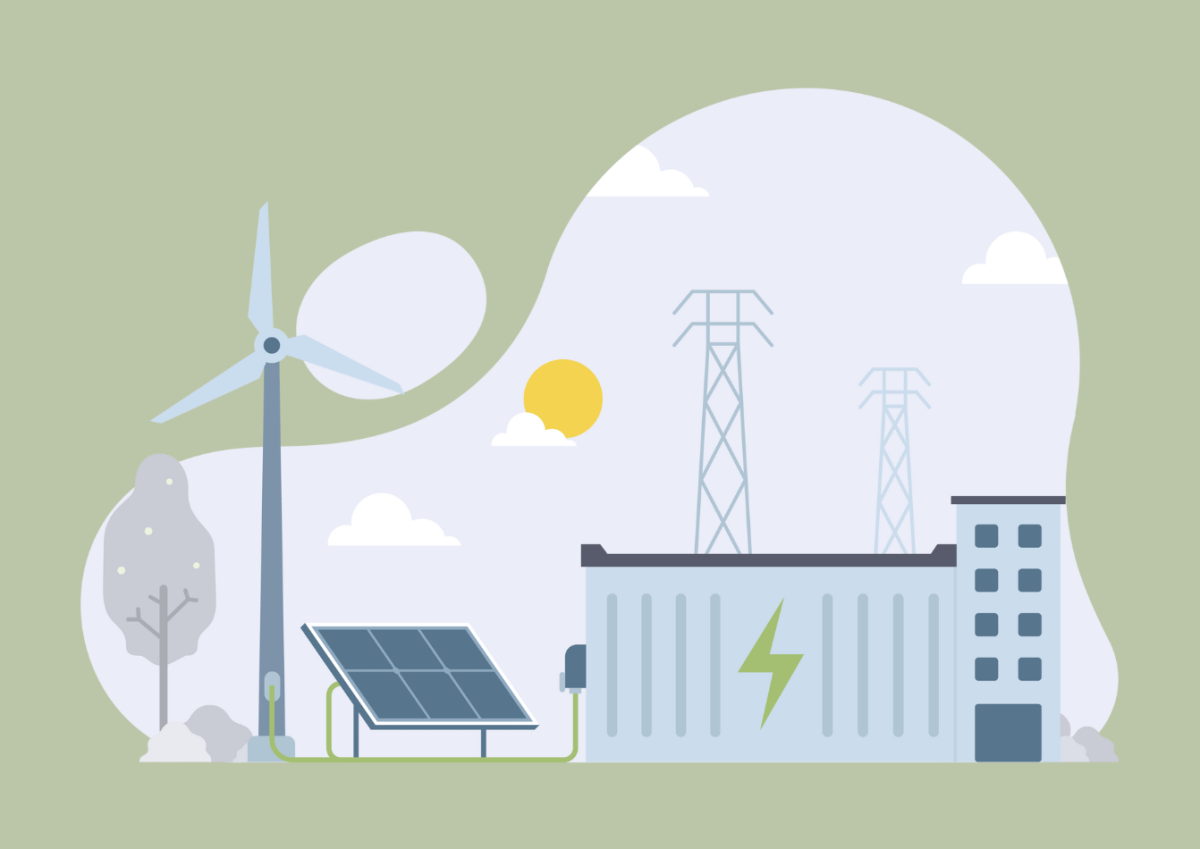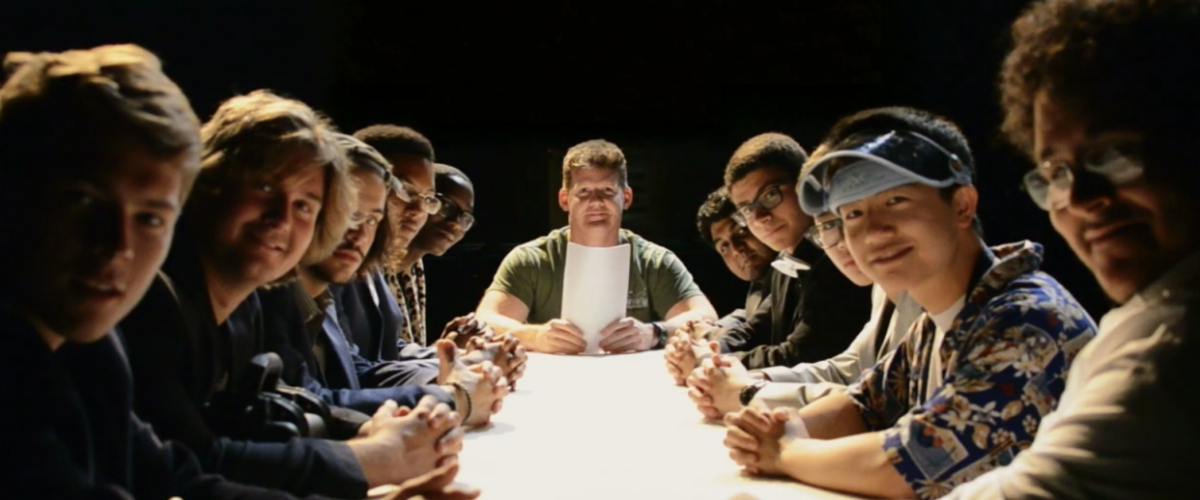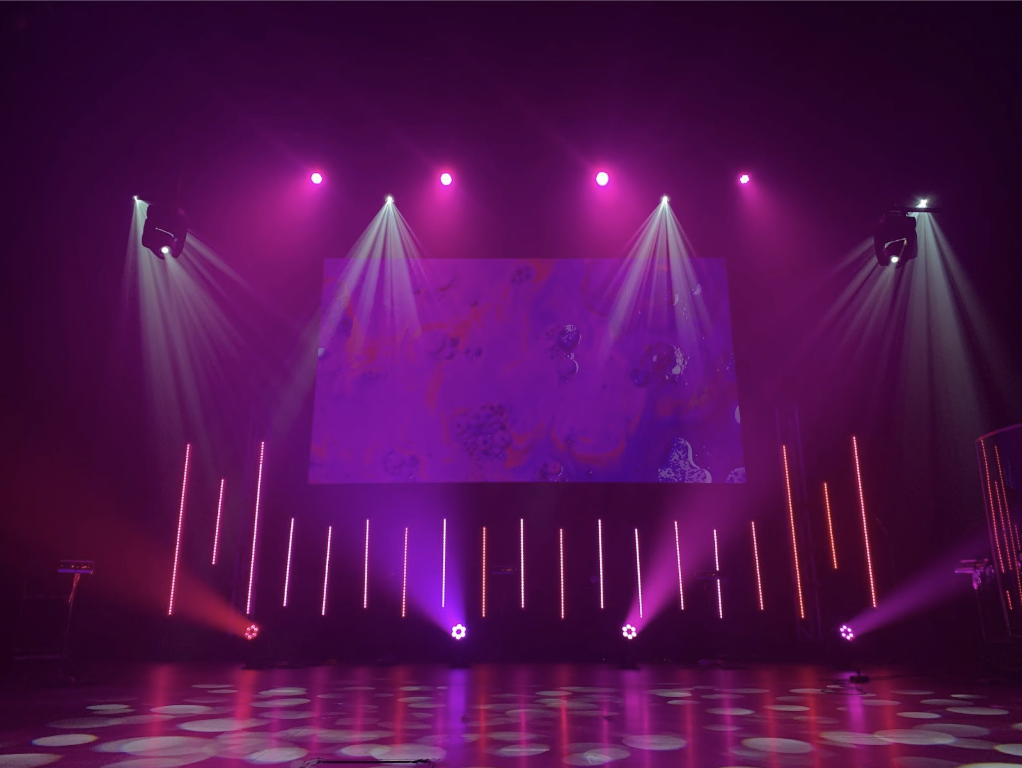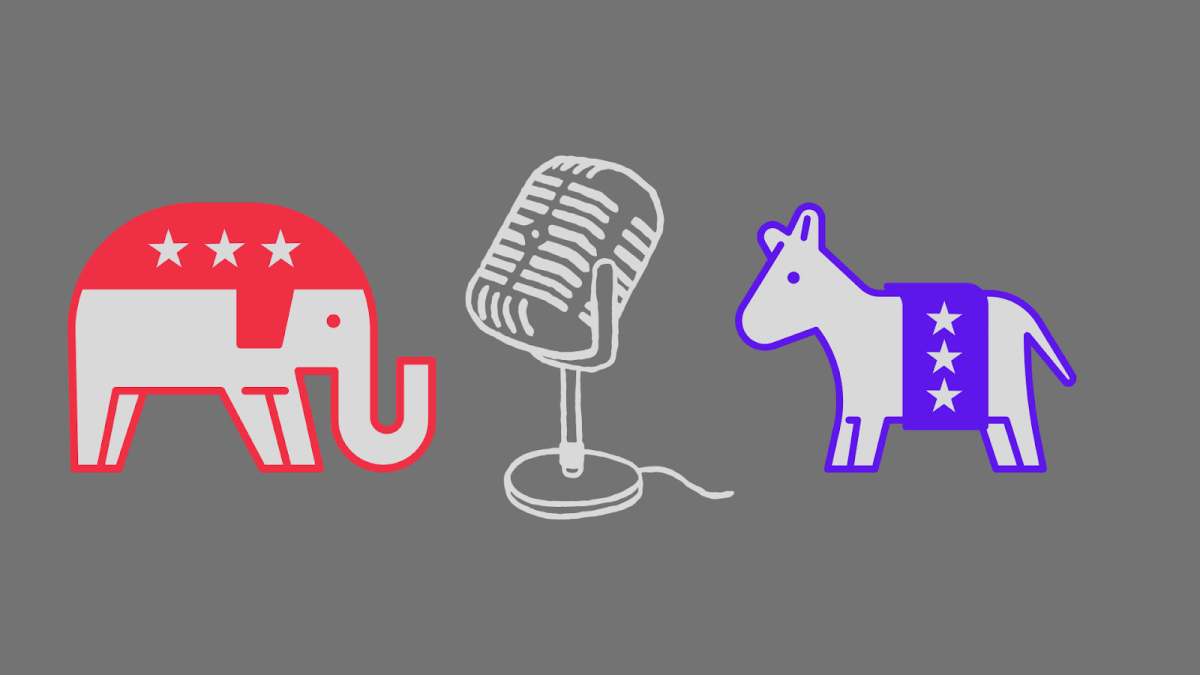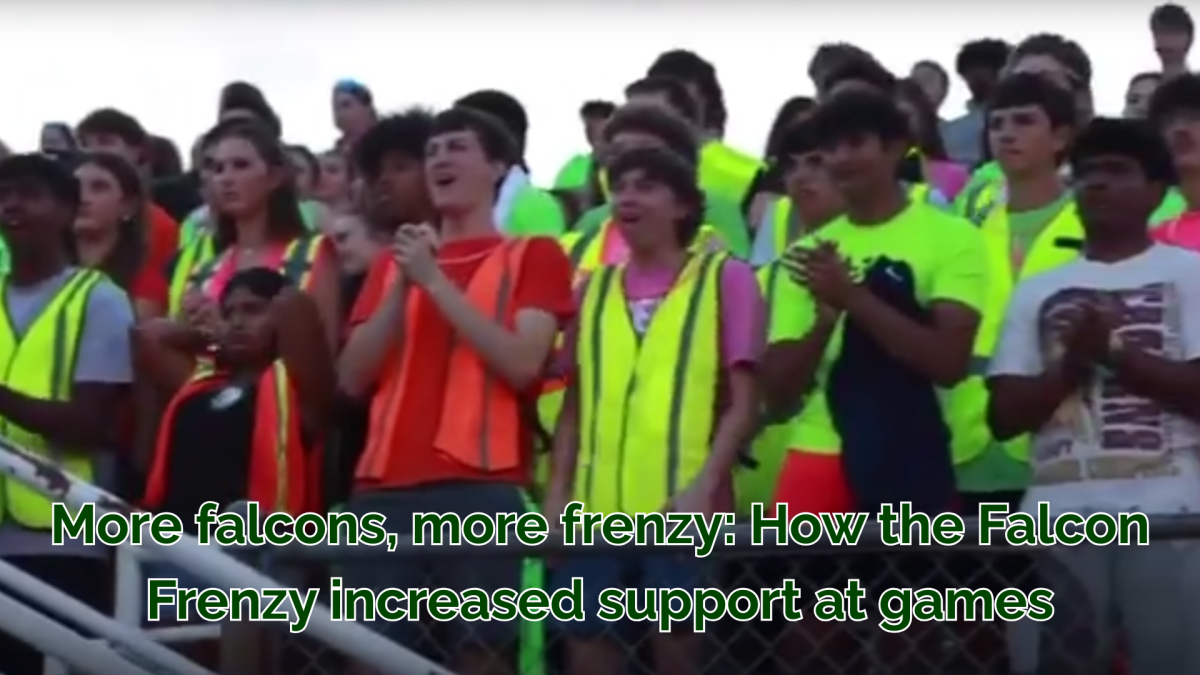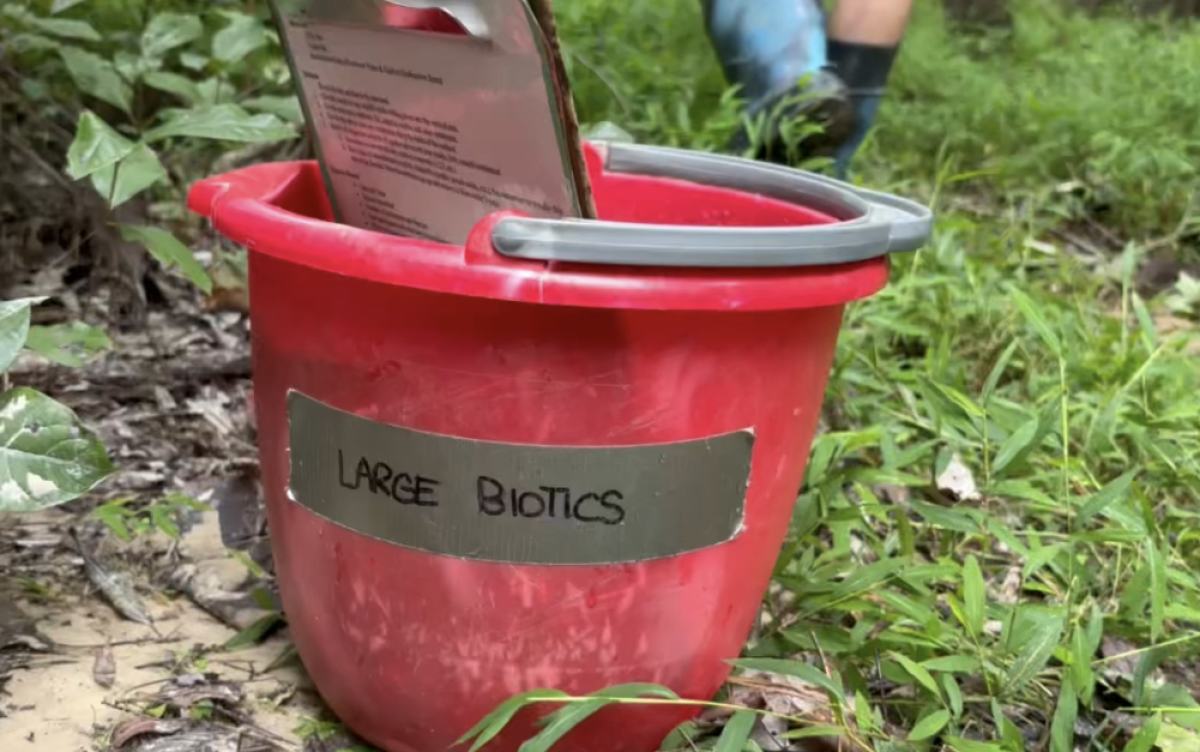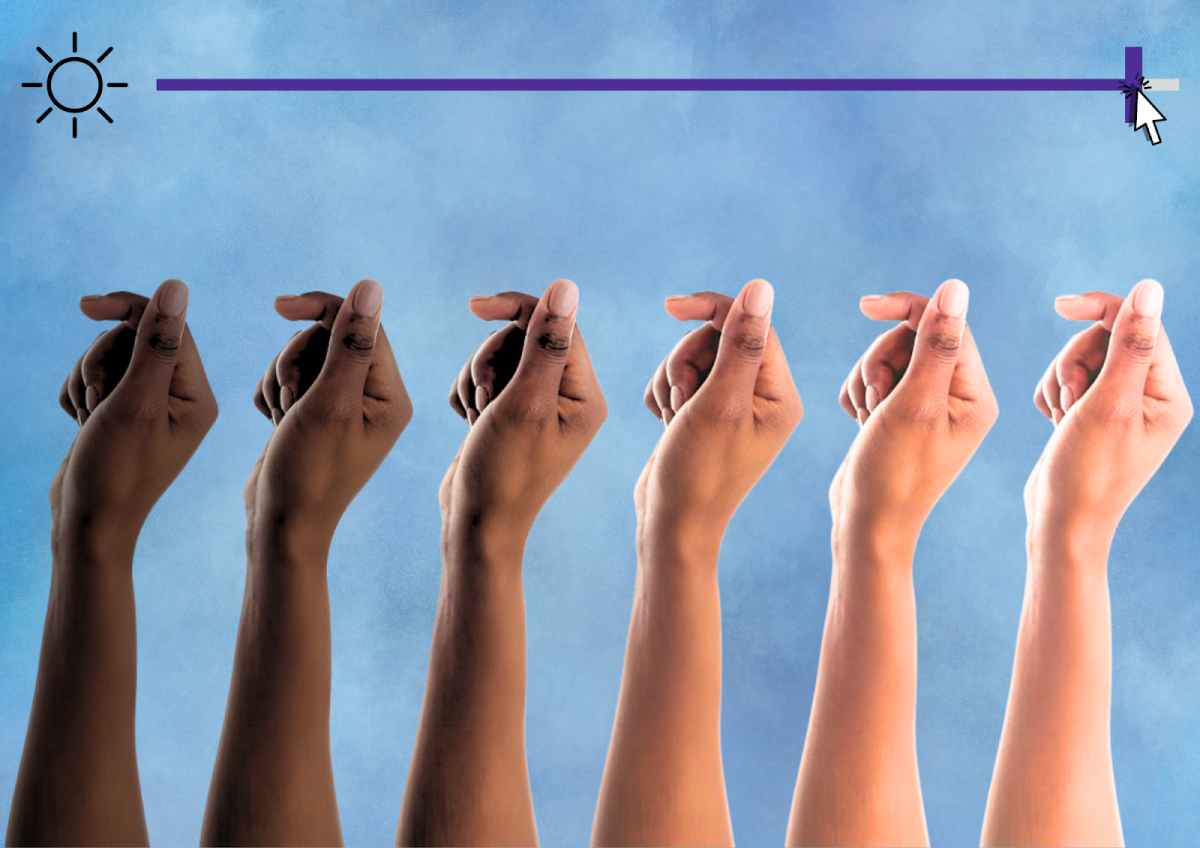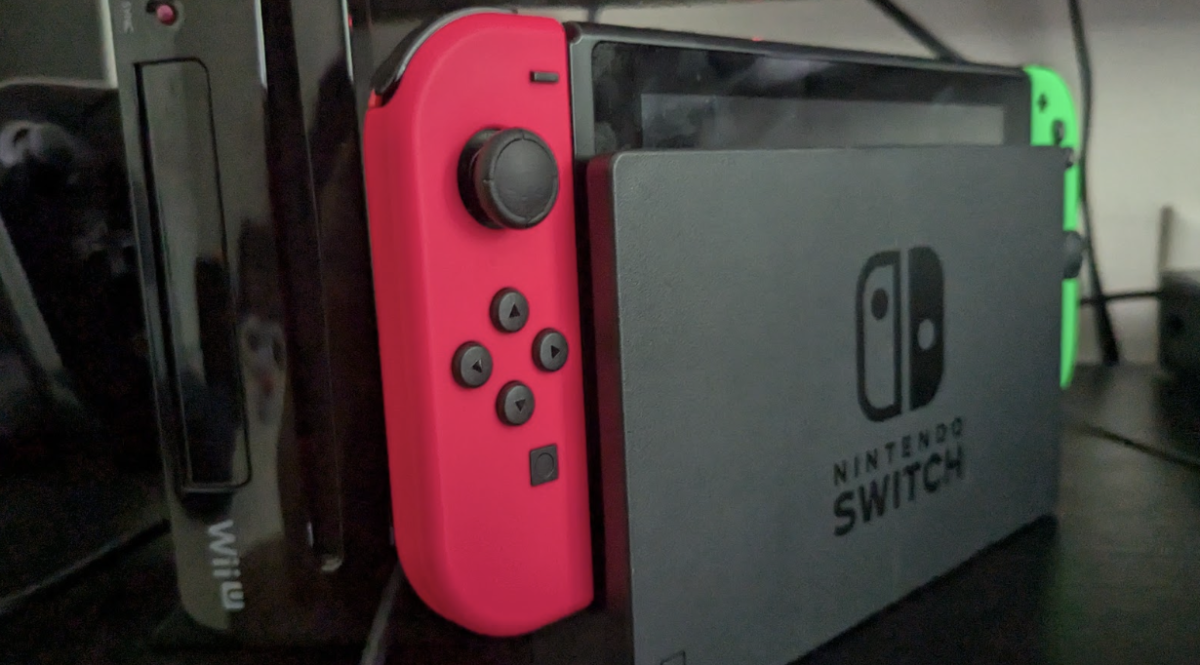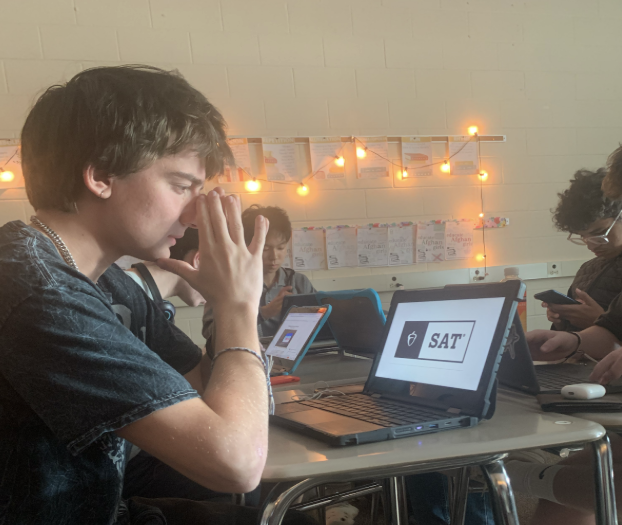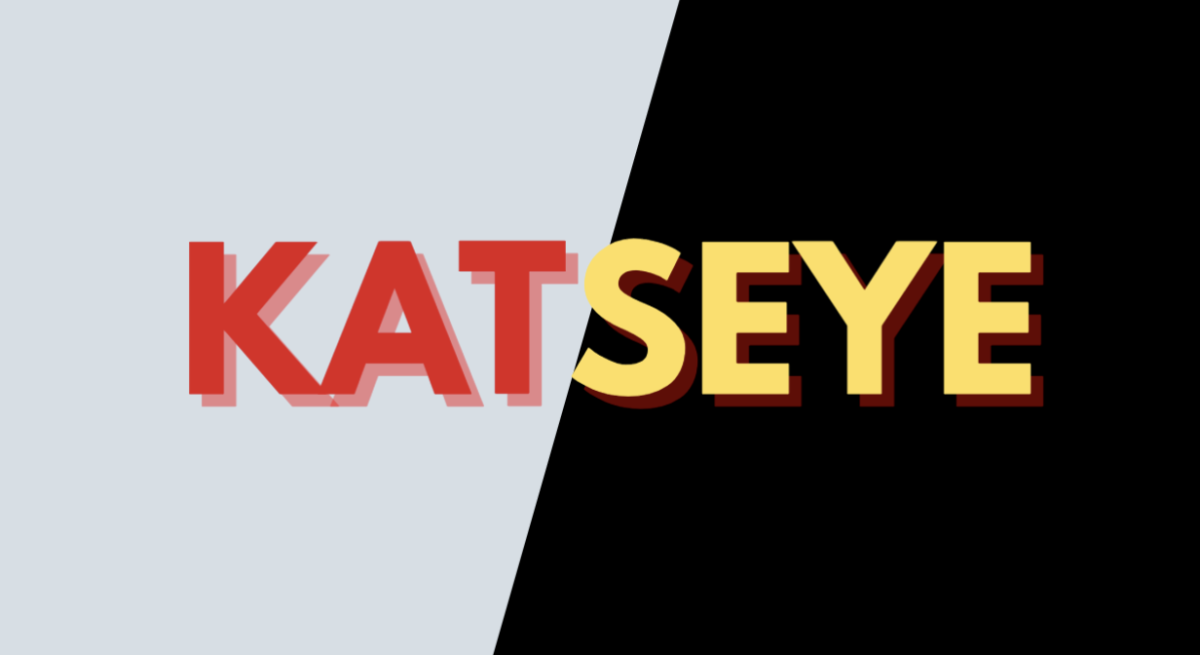Nintendo was riding an all time high. Their previous two consoles, the Nintendo 64 and GameCube, failed to outsell the competition and received lackluster third party support. Everything changed for them when the Wii launched.
The Wii changed Nintendo’s business model by marketing towards casual fans of video games, rather than the hardcore audience other companies were leaning on at the time. This demographic was essentially untapped, having been turned away by the intense fandoms of Playstation and Xbox. The Wii gave them an option that was easy to pick up, with simple games and intuitive mechanics.
The Wii became Nintendo’s best selling home console, beating out the original Nintendo Entertainment System from 1985 by close to 40 million units. Six years later, Nintendo started thinking about the next generation of consoles. How could they one-up the Wii?
Their idea turned into the Wii U, a direct iteration of the original Wii, which not only allowed the original Wiimotes as controllers, but was also backwards compatible with the entire Wii library.
Due in part to a struggling marketing campaign and similarities to the Wii that caused consumers to confuse the two systems, the Wii U flopped. It became their lowest selling console, selling fewer units than the GameCube.
In 2017, Nintendo needed to yet again pick itself up from the rut it had found itself in. Their next console would be completely different from the Wii generation, and would introduce a feature never seen in any video game console before.
In the past, consoles fit into two categories: home consoles and handhelds. Home consoles needed to be connected to a TV, and were generally large and only viable for use at home. Handhelds ran on batteries, and were defined by their portability. Nintendo’s releases championed the handheld space, with the top three best-selling handhelds all being put out by Nintendo. Their next console, the Nintendo Switch, would break this convention.
The Switch was the first ever “hybrid” console, with options to play it both in handheld mode and connected to a TV. This flexibility seemed to appeal to general audiences, and the Switch flew off the shelves. It is the best-selling console overall in North America.
Yet again, Nintendo found itself trying to follow up one of the most sensational consoles ever released. The follow-up console was revealed Jan 16, 2025, called the Switch 2. A livestream discussing the console was done on Apr 2.
The console was met with mixed reactions, with many concerning parallels being drawn between the Switch 2 and Wii U. The first and most obvious was how similar the consoles are to their predecessor. Though the Switch 2 comes with some technological improvements, the overall look and name of the console is very similar to the original Switch, which was a major cause of confusion during the release of the Wii U.
Another cause for concern was the price. The Switch 2 was revealed to cost $450 on launch, $150 more than the original model. This price increase, reportedly in part due to tariffs placed on Japan, may make the console less accessible than the original Switch was.
Lastly, many criticized the seeming lack of first-party game support for the system. There are two games developed by Nintendo that release on the launch of the console. One is “Switch 2 Welcome Tour,” a $10 digital download meant to teach users about the features of the new console. The other is “Mario Kart World,” the next entry in the Mario Kart franchise. The game will retail at $80, $10 above the industry standard for video games.
Despite these challenges, it seems that the sales have not slowed down. Pre-orders for the system, despite being delayed, sold out within the first day, beating out Nintendo’s sales projections.
Be it that consumers have gotten smart enough to determine which consoles are unique, or that Nintendo has grown a built-in audience, it seems for now that Switch 2 is overcoming the Wii U narrative. The true story of the Switch 2 will be revealed when the console launches on June 5, 2025.






